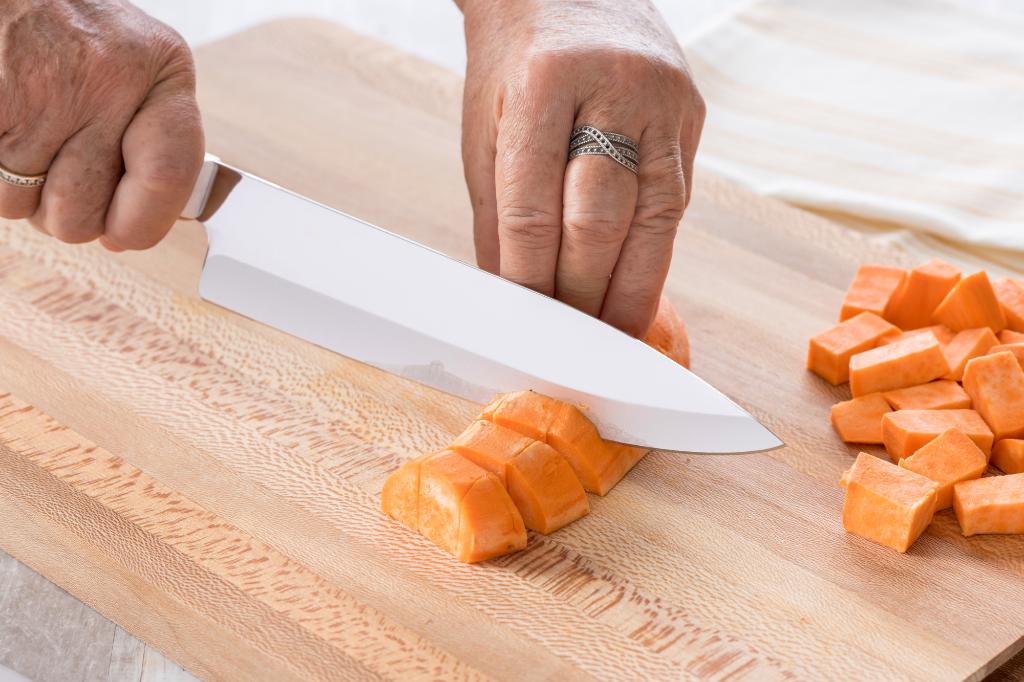How to Oil a Knife Blade for Optimal Barbecue Performance
Written By James Morgan
When it comes to barbecue, having a sharp and well-maintained knife blade is crucial. Often overlooked, the proper oiling of a knife blade can significantly extend its lifespan and enhance its performance. In this comprehensive guide, we will delve into the importance of oiling a knife blade, the types of oils to use, and the step-by-step process to ensure your blade is in top-notch condition. So, lets dive into the nitty-gritty of how to oil a knife blade.

Why Oiling a Knife Blade is Essential
A well-oiled knife blade brings multiple benefits. It ensures smooth and efficient cutting, which is essential for barbecue enthusiasts who need precision for slicing meats or vegetables. Oiling also prevents rust and corrosion, which could dampen your grilling experience.
1. Prevents Rust and Corrosion
High moisture environments and exposure to acidic foods can cause rust on your knife blade. Regular oiling acts as a protective barrier, preventing oxidation and keeping the rust at bay.
2. Enhances Performance
Imagine slicing through a beautifully smoked brisket, only for the knife to snag midway. Frustrating, right? Oiling ensures a smoother cutting experience, making it easier to carve your barbecue masterpieces.

Types of Oils to Use
Choosing the right oil for your knife blade can be tricky. Here are some options you can consider for the best results:
1. Mineral Oil
Mineral oil is a popular choice for knife maintenance. It's food-safe, doesn't go rancid, and provides a smooth finish.
2. Olive Oil
While easily accessible, olive oil can go rancid over time. However, if you're in a pinch, its still a viable option for short-term use.
3. Camellia Oil
This traditional Japanese oil is popular for sword maintenance and works wonderfully for knives too. It's lightweight and highly effective in preventing rust.

Step-by-Step Guide to Oiling Your Knife Blade
1. Clean the Blade
Before applying any oil, make sure your blade is thoroughly cleaned. Use warm, soapy water and a soft cloth to remove any residues or debris. Dry it properly to avoid any water spots.
2. Apply the Oil
Using a soft cloth or paper towel, apply a small amount of oil onto the blade. Ensure that the entire surface, including the edge and spine, is coated evenly.
3. Buff the Blade
With a clean cloth, buff the oil into the blade. This helps to remove any excess oil and ensures a smooth, even layer is left behind.
4. Store Properly
Once oiled, store your knife in a cool, dry place. Consider using a knife guard or sheath to protect your blade further.

FAQs on Knife Blade Maintenance
How often should I oil my knife blade?
This depends on usage. For frequent barbecuers, oiling the blade once a week is advisable. For others, once a month should suffice.
Can I use vegetable oil to oil my knife blade?
While vegetable oil can be used in emergencies, its not recommended for long-term use as it can go rancid.
What oils should I avoid?
Avoid using any oil thats not food-safe or those that can turn rancid quickly, such as cooking oils.
Additional Resources and Links
For more information on knife maintenance, you can visit these valuable resources:
- How to Clean a Rusty Knife Blade
- How to Clean a Pocket Knife Blade
- How to Blacken a Knife Blade
- How to Change Blade in Folding Utility Knife
- How to Sharpen a Ceramic Knife Blade
For additional tips on knife skills and safety, check out this Fruit Cutting Guide.
As an Amazon Associate, I earn from qualifying purchases.



